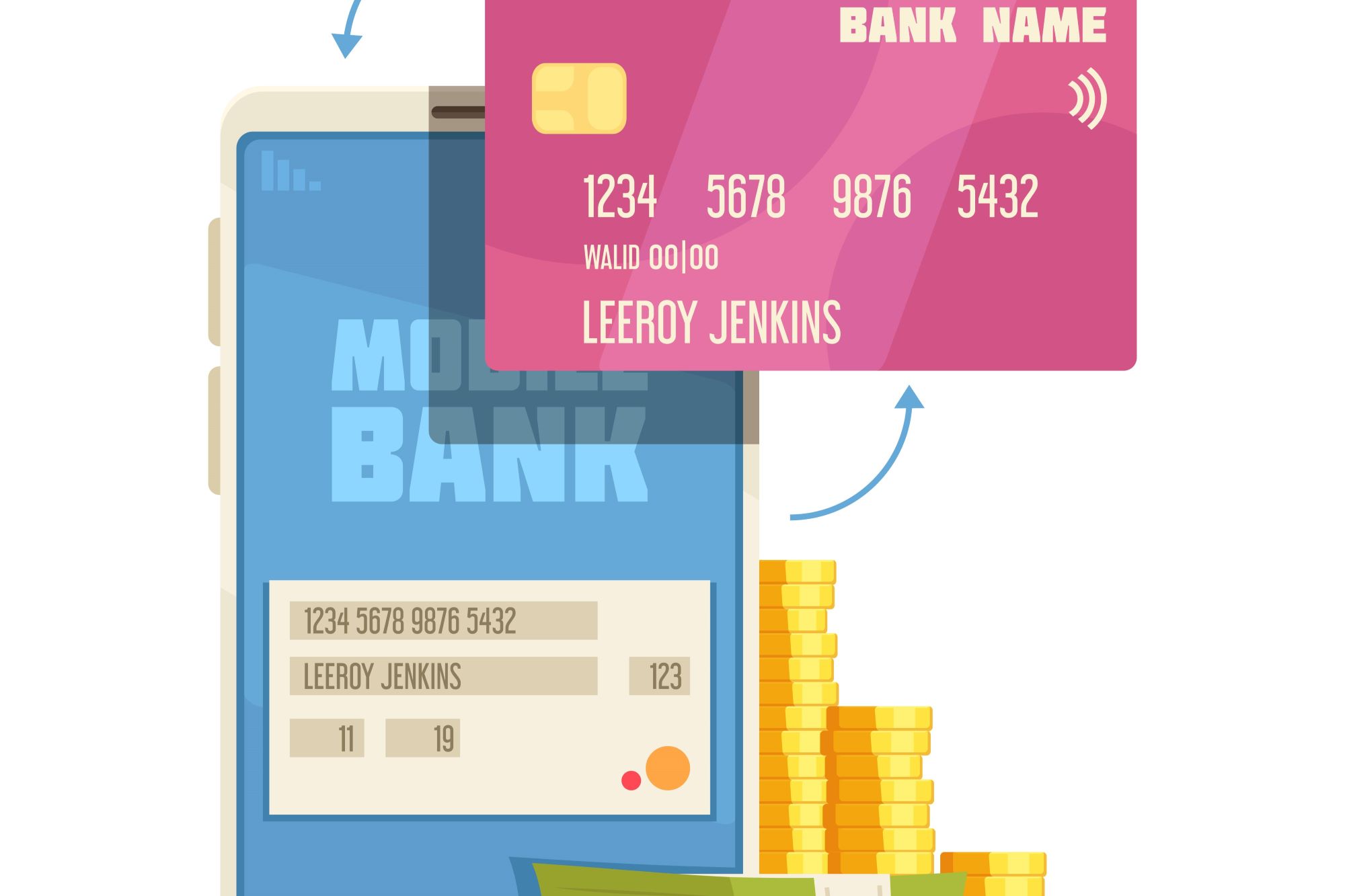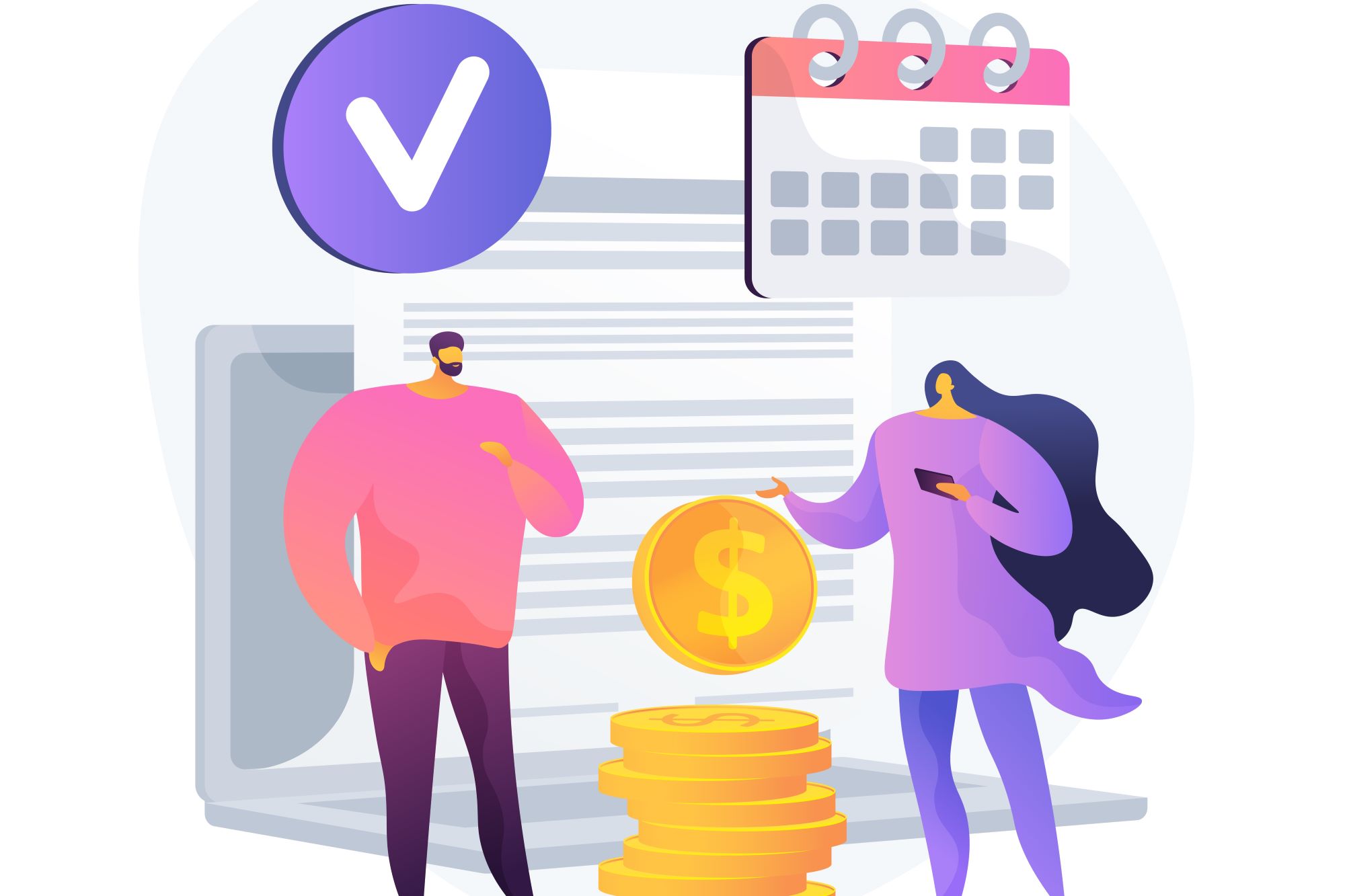Revolving credit is a versatile and widely used financial tool that allows borrowers to access funds up to a specified limit and repay them over time. Unlike installment loans, which have fixed payment schedules, revolving credit provides ongoing access to funds, making it a flexible option for managing expenses. From credit cards to home equity lines of credit, revolving credit comes in various forms, each with its unique features and benefits.
Types of Revolving Credit
Personal Lines of Credit
A personal line of credit is a versatile borrowing option that offers individuals the flexibility to access funds as needed, up to a predetermined limit. This type of credit works similarly to a credit card but often comes with lower interest rates, making it an attractive option for those who need to manage cash flow or cover unexpected expenses. For instance, if an individual has a personal line of credit with a limit of $10,000, they can draw any amount up to that limit, repay it, and then borrow again as necessary.
One of the main benefits of a personal line of credit is its flexibility compared to other types of loans. Unlike traditional loans that provide a lump sum of money with fixed monthly payments, a personal line of credit allows borrowers to withdraw funds only when needed, reducing unnecessary interest costs. This feature makes it an excellent choice for covering irregular expenses or managing short-term financial needs. Additionally, many personal lines of credit offer interest-only payment options during the draw period, further enhancing their flexibility.
Credit Cards
Credit cards are perhaps the most widely recognized form of revolving credit, providing a convenient and flexible method for making everyday purchases. They come with a pre-approved credit limit, and cardholders can make purchases or cash advances up to that limit. Credit cards often come with various perks such as rewards points, cash back, and travel benefits, depending on the card issuer. These rewards can be advantageous for consumers who use their credit cards regularly and pay off their balances each month.
However, credit cards also come with higher interest rates compared to other forms of revolving credit. It’s essential for cardholders to understand the terms and conditions, including interest rates and fees, to avoid accumulating high-interest debt. Responsible use of credit cards, such as paying off the balance in full each month and keeping the credit utilization ratio low, can help build a positive credit history and improve credit scores over time.
Home Equity Lines of Credit (HELOC)
A Home Equity Line of Credit (HELOC) is a type of revolving credit that allows homeowners to borrow against the equity in their home. This form of credit provides a revolving line with a draw period, typically lasting 5 to 10 years, during which borrowers can withdraw funds as needed. After the draw period ends, the repayment period begins, which can last up to 20 years. The amount that can be borrowed is usually based on the equity in the home and the lender’s specific criteria.
HELOCs are often used for major expenses such as home renovations, medical bills, or educational costs. They typically offer lower interest rates compared to credit cards because they are secured by the equity in the home. This security makes HELOCs a cost-effective borrowing option for large expenses. However, it’s crucial for borrowers to manage HELOCs responsibly, as defaulting on payments can lead to the loss of their home.
How Revolving Credit Works
Credit Limits
Credit limits represent the maximum amount a borrower can draw from a revolving credit account. This limit is determined by the lender based on several factors, including the borrower’s credit score, income, and credit history. Here’s a breakdown of how credit limits work:
- Credit Score: A higher credit score usually indicates to lenders that the borrower is responsible with credit. This can lead to higher credit limits.
- Income: Stable and higher income levels provide lenders with the assurance that the borrower can manage and repay the borrowed amount.
- Credit History: A solid credit history with timely repayments and low credit utilization can positively influence the credit limit.
A higher credit limit offers more flexibility for the borrower, allowing them to make larger purchases or handle more significant expenses. However, it’s essential to be aware of the credit limit to avoid exceeding it, which can result in penalties and additional fees.
Minimum Payments
Minimum payments are the smallest amount a borrower is required to pay each month to keep the account in good standing. This amount typically includes a portion of the principal and accrued interest. Here’s a detailed look at minimum payments:
- Portion of Principal: This is a small fraction of the borrowed amount that needs to be repaid each month.
- Accrued Interest: Interest is charged on the outstanding balance and is included in the minimum payment.
While paying only the minimum keeps the account current, it can lead to a prolonged repayment period and increased interest costs over time. This happens because a significant portion of the payment goes towards interest rather than reducing the principal balance. It’s generally advisable to pay more than the minimum payment whenever possible to reduce the principal balance faster and save on interest charges.
Interest Rates
Interest rates on revolving credit can vary significantly depending on the type of credit and the borrower’s creditworthiness. Here’s what you need to know about interest rates:
- Credit Cards: Often have higher interest rates compared to other forms of revolving credit. It’s crucial to understand these rates to avoid excessive charges.
- Personal Lines of Credit: Generally offer lower interest rates compared to credit cards, making them a more affordable option for borrowing.
- Home Equity Lines of Credit (HELOC): Typically offer even lower interest rates as they are secured by the borrower’s home equity.
Understanding the interest rates associated with revolving credit accounts helps borrowers make informed decisions. Comparing different credit options and reading the terms and conditions carefully can help manage debt more effectively and avoid excessive interest charges.
Advantages of Revolving Credit
| Advantage | Description | Benefits |
| Flexibility in Spending | Revolving credit offers the flexibility to manage expenses for various purposes, such as emergency expenses, large purchases, or everyday spending. | This flexibility helps individuals handle unexpected financial needs and make significant purchases without immediate cash outlay. |
| Building Credit Score | Responsible use of revolving credit, including timely payments and low credit utilization, positively impacts credit ratings. | A good credit score can lead to better loan terms and lower interest rates in the future. |
| Access to Funds Anytime | Revolving credit provides continuous access to funds as long as the credit limit is not exceeded. | This feature ensures that individuals always have access to funds for various needs, enhancing financial security and convenience. |
Revolving credit stands out for its remarkable flexibility in spending, making it an excellent tool for managing various financial needs. Whether it’s covering emergency expenses, making large purchases, or handling everyday spending, the adaptability of revolving credit allows individuals to meet these needs without the immediate burden of large outlays of cash. This flexibility is particularly beneficial in situations where unexpected financial demands arise, providing a buffer that helps maintain financial stability without depleting savings or resorting to more costly borrowing options. The ability to draw from the credit line as needed and repay it at one’s own pace enhances financial planning and cash flow management.
Moreover, this spending flexibility also facilitates better financial control and planning. For instance, during times of fluctuating income or unforeseen expenses, having access to a revolving credit line can prevent financial strain and provide the necessary support until the situation stabilizes. This capability ensures that individuals can continue their daily lives and meet their obligations without significant disruption. Additionally, the ongoing access to funds can aid in making strategic purchases or investments that may yield future benefits, underscoring the importance of revolving credit in comprehensive financial planning.
Additionally, a solid credit score enhances financial opportunities and security. It is often a key factor in not only obtaining loans but also in securing favorable rates on insurance policies, renting apartments, and sometimes even in employment screenings. Therefore, the strategic use of revolving credit can lead to a broader range of financial benefits and opportunities, significantly impacting long-term financial health and stability.
Disadvantages of Revolving Credit
High-Interest Rates
Revolving credit, particularly credit cards, often comes with high-interest rates. This can significantly increase the overall cost of borrowing, especially if balances are not paid off in full each month. For example, carrying a balance on a credit card with a high-interest rate can result in substantial interest charges over time. It’s essential to be aware of these rates and manage credit responsibly to avoid falling into a debt trap. Borrowers should compare different credit options and seek those with lower interest rates to minimize costs.
High-interest rates can also make it challenging to pay down the principal balance, as a significant portion of monthly payments goes toward interest. This situation can prolong the repayment period and increase the total amount paid over the life of the debt. To mitigate this, borrowers should aim to pay more than the minimum payment and, if possible, transfer balances to lower-interest accounts.
Potential for Debt Accumulation
The ease of access to funds through revolving credit can lead to overspending and debt accumulation. Without proper financial discipline, borrowers may find themselves in a cycle of debt, relying on credit to cover everyday expenses. This behavior can quickly escalate, resulting in high balances that are difficult to repay. It’s crucial to set a budget and monitor spending to avoid accumulating unmanageable debt.
Moreover, revolving credit can create a false sense of financial security, encouraging spending beyond one’s means. Borrowers should use credit as a tool for managing cash flow and emergencies, not as a substitute for insufficient income. Developing good financial habits, such as tracking expenses and setting spending limits, can help prevent debt accumulation and maintain financial health.
Impact on Credit Score
High credit utilization and missed payments can negatively impact credit scores. The credit utilization ratio, which measures the amount of credit used relative to the total credit limit, is a significant factor in credit scoring models. Keeping this ratio low, ideally below 30%, can help maintain a healthy credit score. Missed or late payments, on the other hand, can severely damage credit scores, making it harder to obtain credit in the future.
To manage revolving credit responsibly, borrowers should pay their bills on time and aim to pay off balances in full each month. Regularly monitoring credit reports and addressing any discrepancies can also help maintain a good credit profile. Being aware of how revolving credit affects credit scores can guide borrowers in making informed financial decisions and maintaining their credit health.




